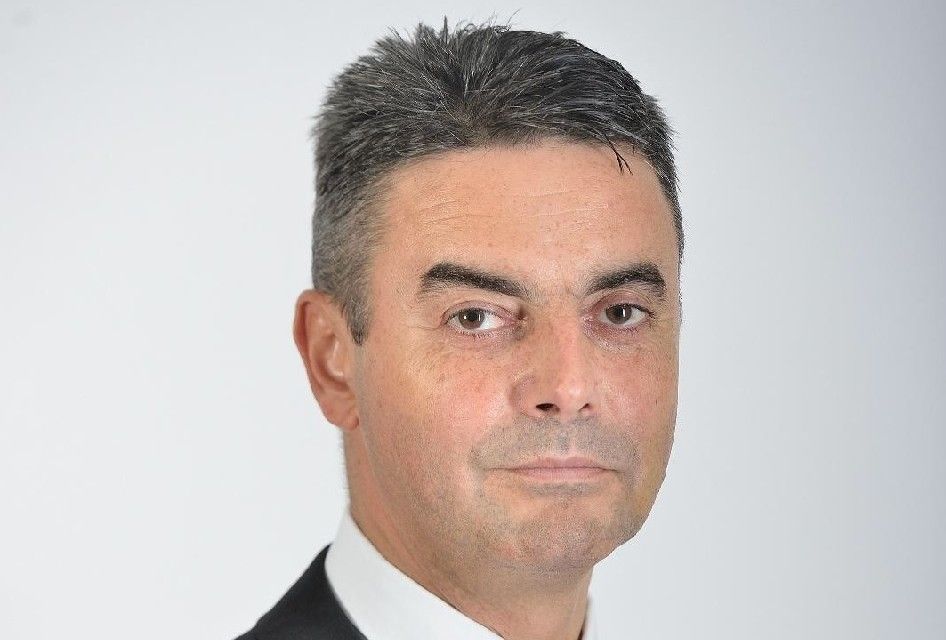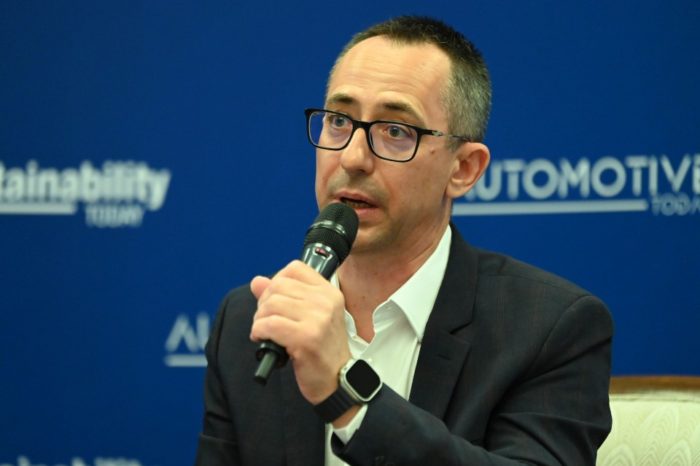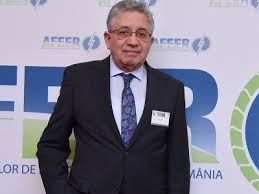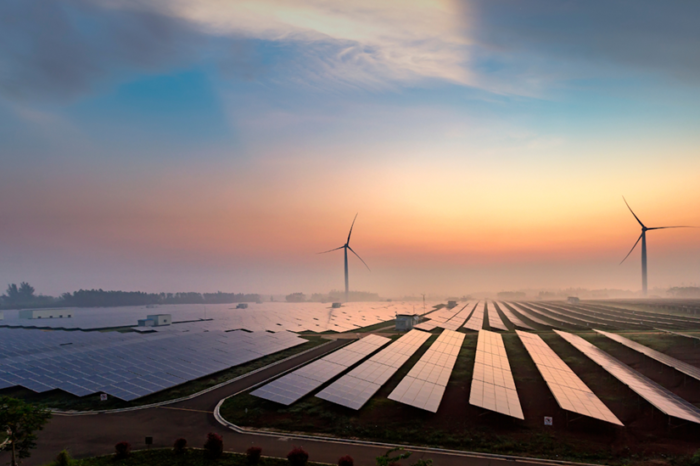Catalin Stancu, Horvath: “The new energy strategy needs to include a set of criteria by which to choose an optimal energy mix for Romania”

“Romania has a turbulent history on the topic of renewable energy. In 2012 we were in the top 10 worldwide, we were seen as a kind of El Dorado of renewables. Probably the schemes of that time could be slightly improved. In 2014, someone came and said stop everything, it’s not good, we stopped, we managed to make a little over 2000 MW in 4 years.
10 years have passed, we currently have 3,100 megawatts in wind power, most of which were done until 2014, practically nothing done after 2014 and 1,600 MW in solar and 1,500 in photovoltaic panels on roofs.
In 2022 we have tens of thousands of megawatts in ATRs, we have enthusiasm, we have a lot of money and I am not saying this ironically. If we only look at the Modernization Fund, PNRR and the classic European funds, we probably exceed 14-15 billion euros for energy and from 2020, when we started to have access to money, we have almost nothing: 500 MW in solar and 72 MW in wind, a single project somewhere in Moldova. What should we do? We should reach 10,000 MW in wind, 10,000 MW in solar and 5,000 MW in rooftop PV so that we meet the targets that lead us to the decarbonization target agreed with the European Union,” Catalin Stancu, Associated Senior Expert, Horváth said during Green Energy Conference organized by The Diplomat-Bucharest.
“Romania produces at its peak somewhere around 9,000 megawatts and the plans on paper show that we will produce over 30 GW, and I wonder how we will manage to do this in 10 years. Probably the best answer is this CfD scheme, which should go some way to relaunching confidence in the industry.
We now have an energy strategy, but I have not found, for example, a set of criteria by which to choose an optimal energy mix for Romania.
So, I propose one here, we should probably have at least these five criteria: 1) minimum energy production cost, 2) learning curve effect, 3) time to achieve an industrial scale capacity, 4) cost/control on raw materials, 5) the democratizing effect of the market.
We should also have in the energy strategy a set of criteria by which we choose our energy mix. It cannot be a wish list about the technologies we would like to have, because at that moment we lose exactly what is essential, which is called the optimization of the energy mix, i.e. economic competitiveness.
Renewable energy is an essential component of the energy mix, not only for reasons of sustainability, but also for the rapid realization of significant new energy capacities that will reduce the price level on a long-term downward trend and ensure energy security.
There is a risk that the current CfD scheme will not reach the expected objectives, implicitly implying a major risk of delay for the PNIESC objectives but also for the competitiveness of the energy price.”















